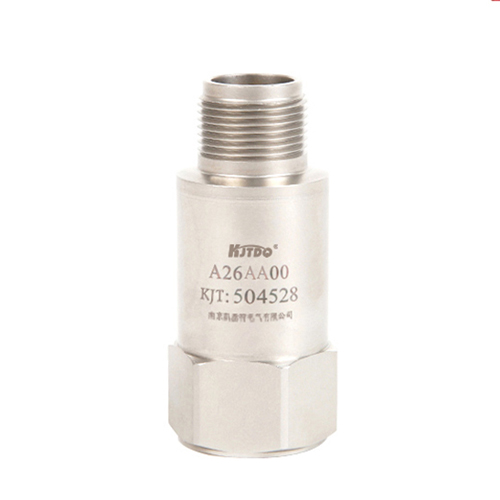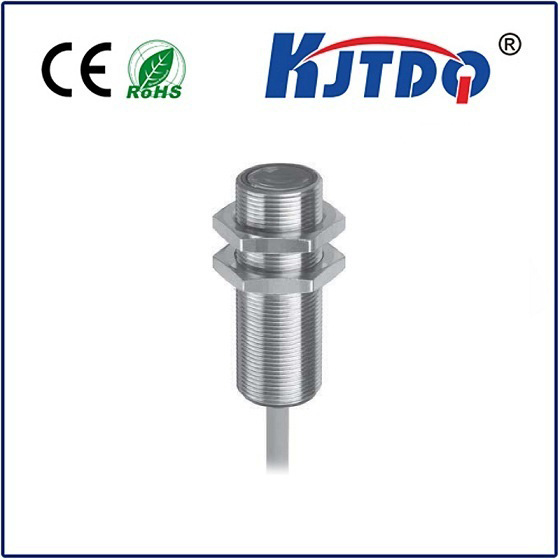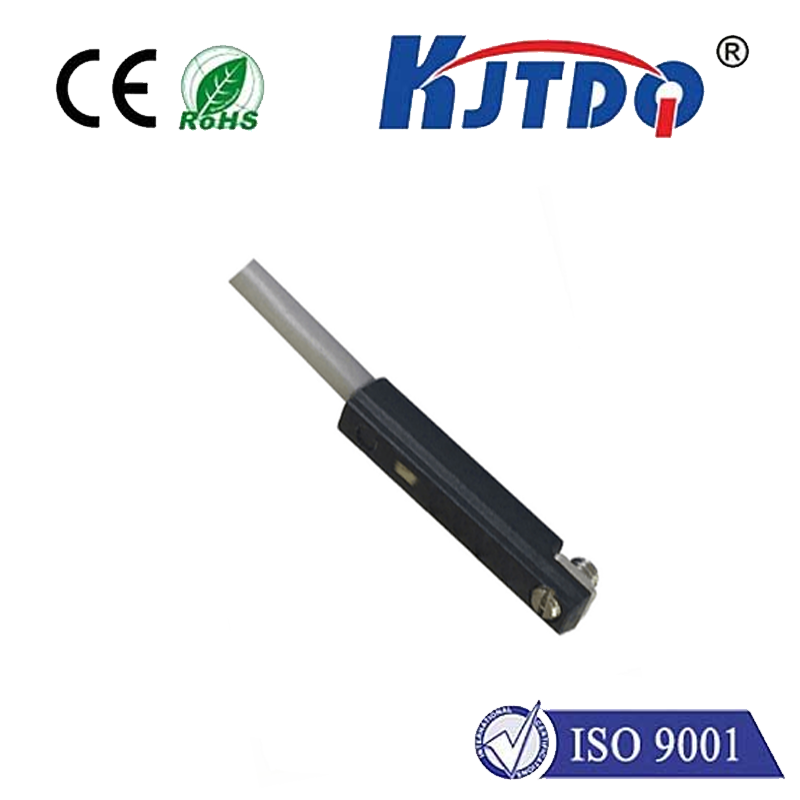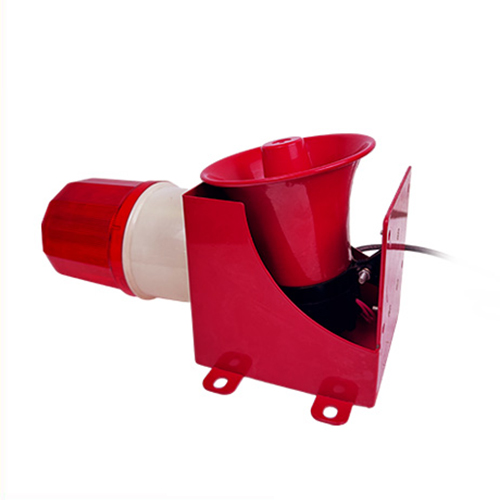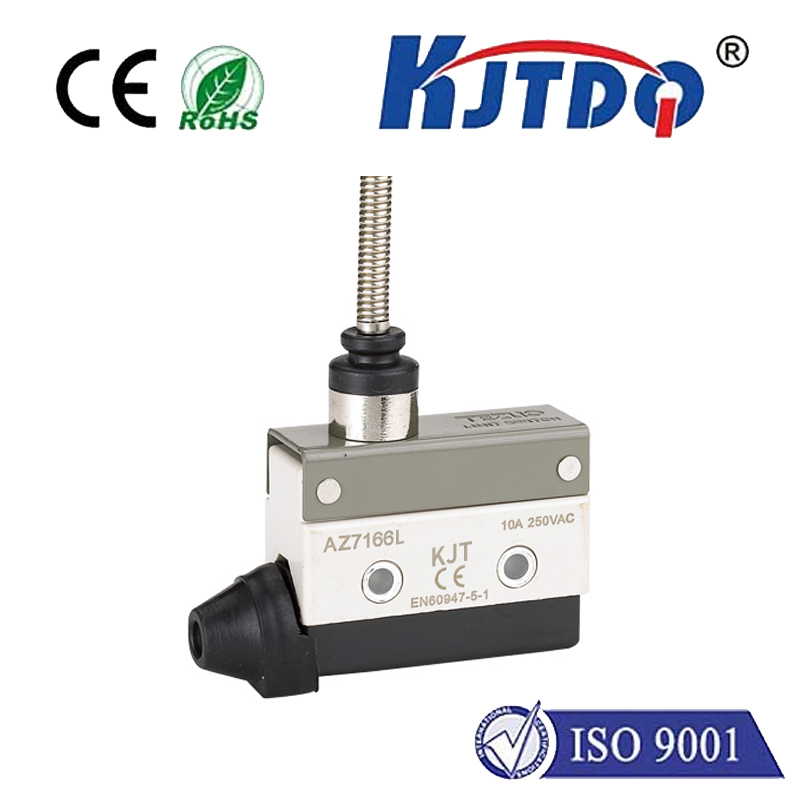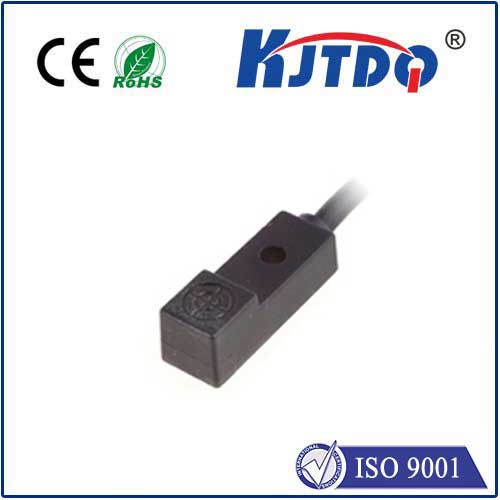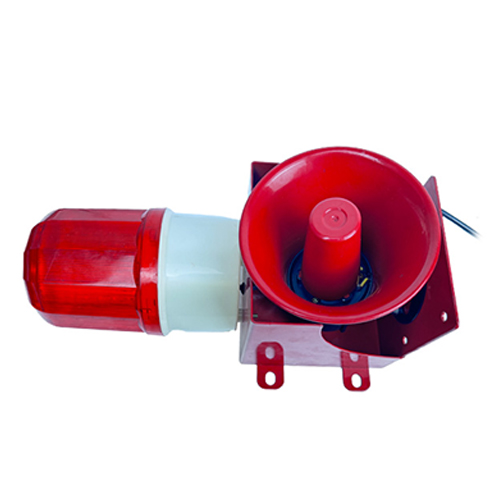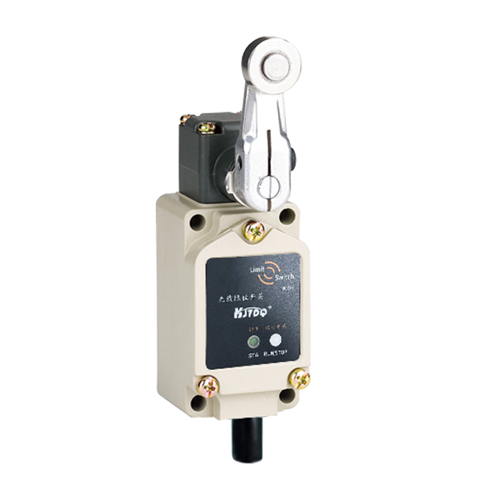Precise Adjustment Essential: Proximity Sensor Alignment Jig Enhances Efficiency In the modern manufacturing landscape, precision and efficiency are paramount. Enter the proximity sensor alignment jig – a tool that might just be the unsung hero of production lines. This innovative device is designed to ensure that proximity sensors are perfectly aligned with their intended targets, thereby guaranteeing optimal performance and reliability in various applications. Let’s delve into how this nifty jig can elevate your operational standards and streamline processes.
Proximity sensors play a critical role in automation by detecting objects without direct contact. They are widely used in industries for tasks ranging from counting items on a conveyor belt to ensuring safety doors remain closed. However, even the slightest misalignment can lead to inaccurate readings, false triggers, or even system downtime. This underscores the necessity for precise alignment, which is where the alignment jig comes into play.
A proximity sensor alignment jig is a specialized tool crafted to facilitate the exact positioning of sensors relative to their target objects or surfaces. It typically features adjustable components that allow users to fine-tune the sensor’s orientation and distance with high accuracy. By using such a jig, technicians can ensure consistent and repeatable installations, significantly reducing setup times and enhancing overall productivity.

Improved Accuracy: With precise alignment, sensors provide more reliable data, crucial for quality control and process optimization.
Reduced Downtime: Properly aligned sensors mean fewer malfunctions and less time spent on troubleshooting and maintenance.
Доступность: The jig simplifies what could otherwise be a complex and time-consuming task, making it accessible to operators of all skill levels.
Cost Efficiency: By minimizing errors and maximizing uptime, the alignment jig offers a cost-effective solution for enhancing productivity.
The versatility of the proximity sensor alignment jig extends across various sectors. In automotive manufacturing, for example, it ensures the accurate placement of sensors in advanced driver-assistance systems (ADAS). In food processing, it contributes to maintaining hygiene standards by precisely aligning sensors for packaging and labeling. Even in robotics, where precision is non-negotiable, these jigs prove invaluable during assembly and programming stages.
Selecting the appropriate alignment jig depends on several factors, including the type of proximity sensor used, the application requirements, and the level of adjustability needed. Look for features like compatibility with different sensor sizes, ease of adjustment mechanisms, and robust construction to withstand repetitive use. Additionally, consider investing in a jig that offers clear markings or digital readouts for enhanced precision.
Incorporating a proximity sensor alignment jig into your workflow signifies a commitment to excellence and efficiency. It’s an investment in a tool that not only safeguards the integrity of your sensing systems but also propels your operations towards greater productivity and accuracy. As industries continue to evolve towards smarter, more automated processes, the importance of such refined alignment tools will only grow. Don’t let misalignment be the hurdle that hampers your progress; embrace the precision offered by a proximity sensor alignment jig today.
